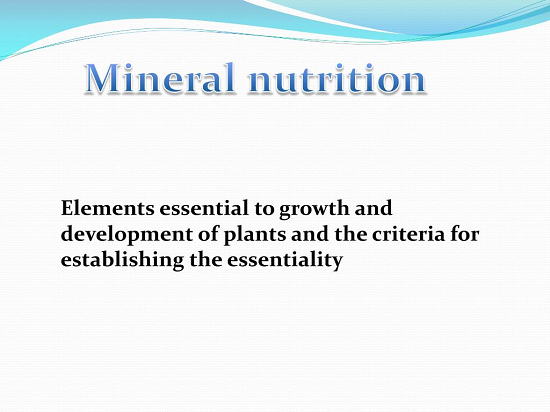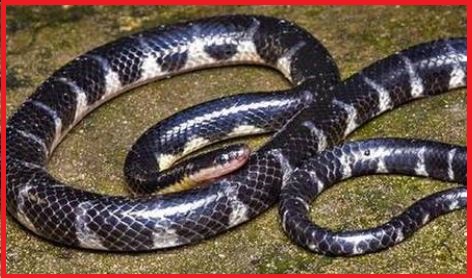Updated By: LatestGKGS Desk
Biology: Criteria for essentially of an element and Quantitative Requirements

Biology: Criteria for essentially of an element, Macronutrients, and Micronutrients
Elements must be absolutely necessary to support normal growth and reproduction. Plants do not complete their life cycle or set seeds in the absence of the element.
The requirement of the element must be specific and not replaceable by another element. In other words, the deficiency of any element cannot be accomplished by supplying some other element.
The element should be directly involved in the metabolism of the plant.
Based on the above criteria, only a few elements have been found to be absolutely essential for plant growth and metabolism. These elements are divided into two broad categories depending on their quantitative requirements.
Macronutrients - They are usually present in plant tissues in large amounts (in excess of 10 mmole Kg-1 of dry matter. These include carbon, hydrogen, oxygen, nitrogen, phosphorus, potassium, sulfur, calcium and magnesium.
Micronutrients - Micronutrients or trace elements, are needed in very small amounts (less than 10 mmole Kg-1 of dry matter). These include iron, copper, zinc, boron, nickel, manganese, molybdenum and chlorine.


